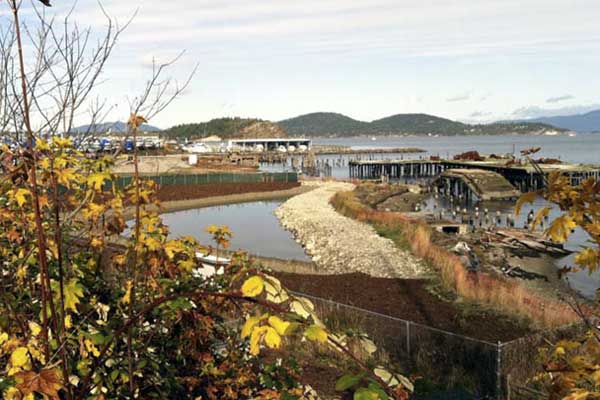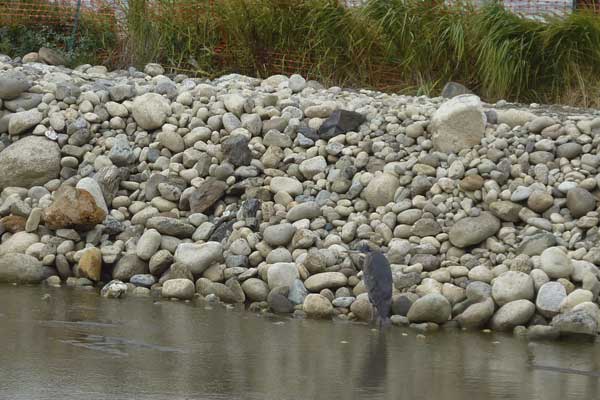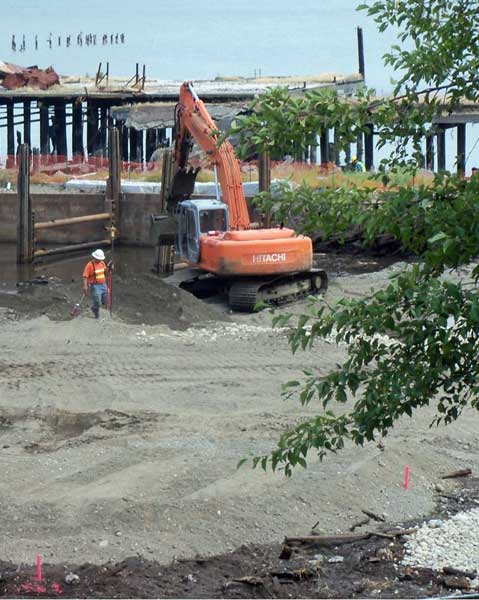Wasteland to Wetland
Sponges, nurseries and water filters

Imagine living in a swamp! Once, much of downtown Anacortes was a tidal wetland. And, until recently, wetlands were considered a nuisance and health hazard, so well-intentioned people filled them in.
Today, we’re discovering the many positive roles that water-saturated lands play in our ecosystem.
We’ve discovered that a wetland is like a giant sponge. Its porous soils and water-loving plants absorb and filter stormwater. They trap sediments, excess nutrients, and pollutants. They slow water flow to reduce flooding. A wetland makes a terrific hideout, feeding ground, and nursery for fish. Birds chow down on its insects and algae.
Wetland ecosystems support the entire food chain, from tiny dragonflies to people who eat seafood or make a living from the sea. In fact, Washington’s remaining wetlands are seen as so important that the Department of Ecology is charged with protecting, restoring, and managing them.

Both natural and newly constructed wetlands provide water filtration and protective buffers, creating a safe environment for wildlife, like this Great Blue Heron.
Catch that runoff

Sediments, nutrients, and pollutants enter wetlands by way of “runoff”—rain and natural streams that travel over land and paved surfaces on their way to the bay. A new wetland pond and drainage channel (swale) filter runoff before it enters the bay. A cleaner bay means healthier habitat for fish, animals, plants—and everyone fed by the bay’s waters.


